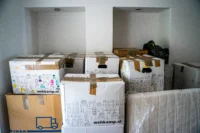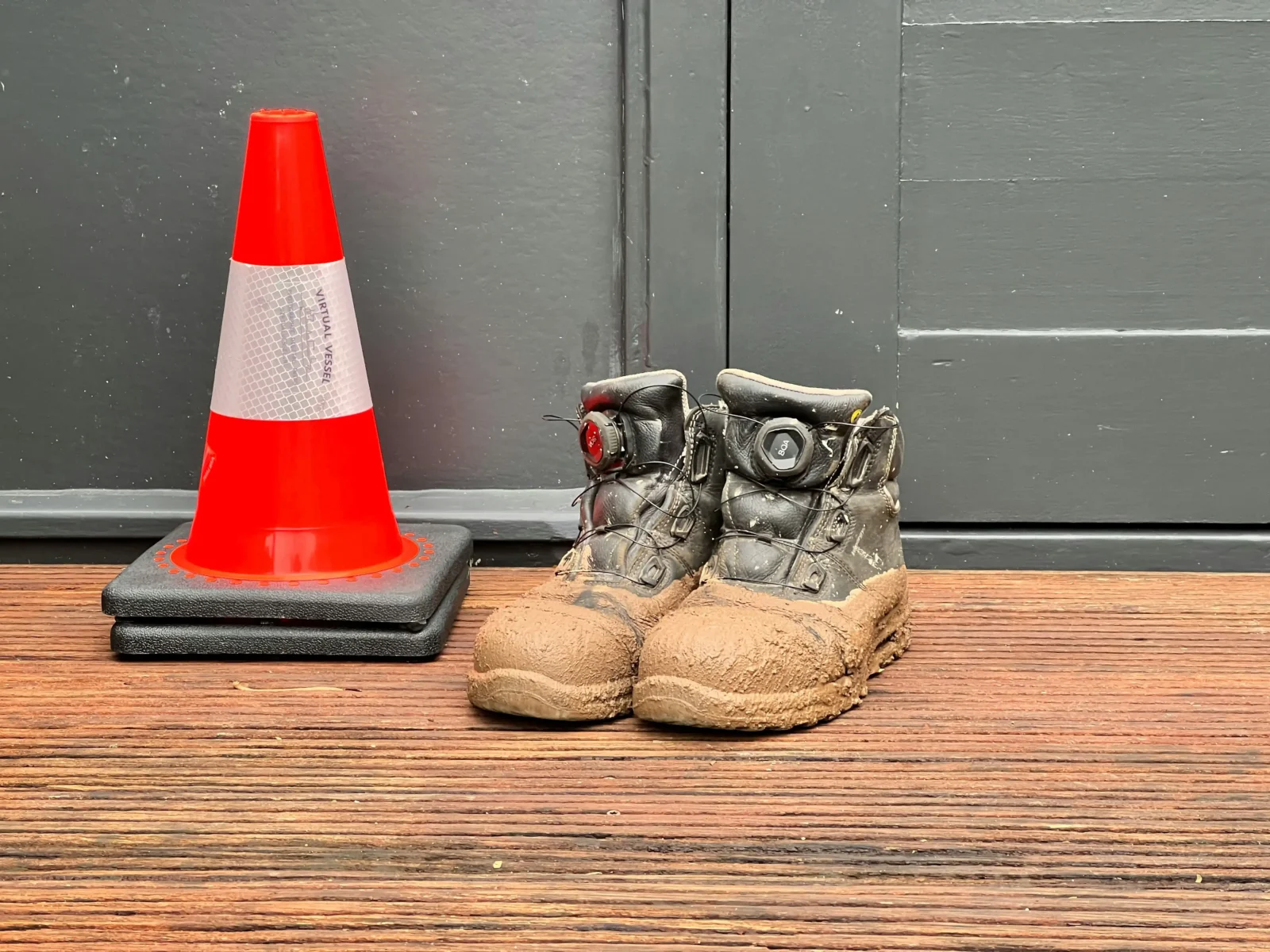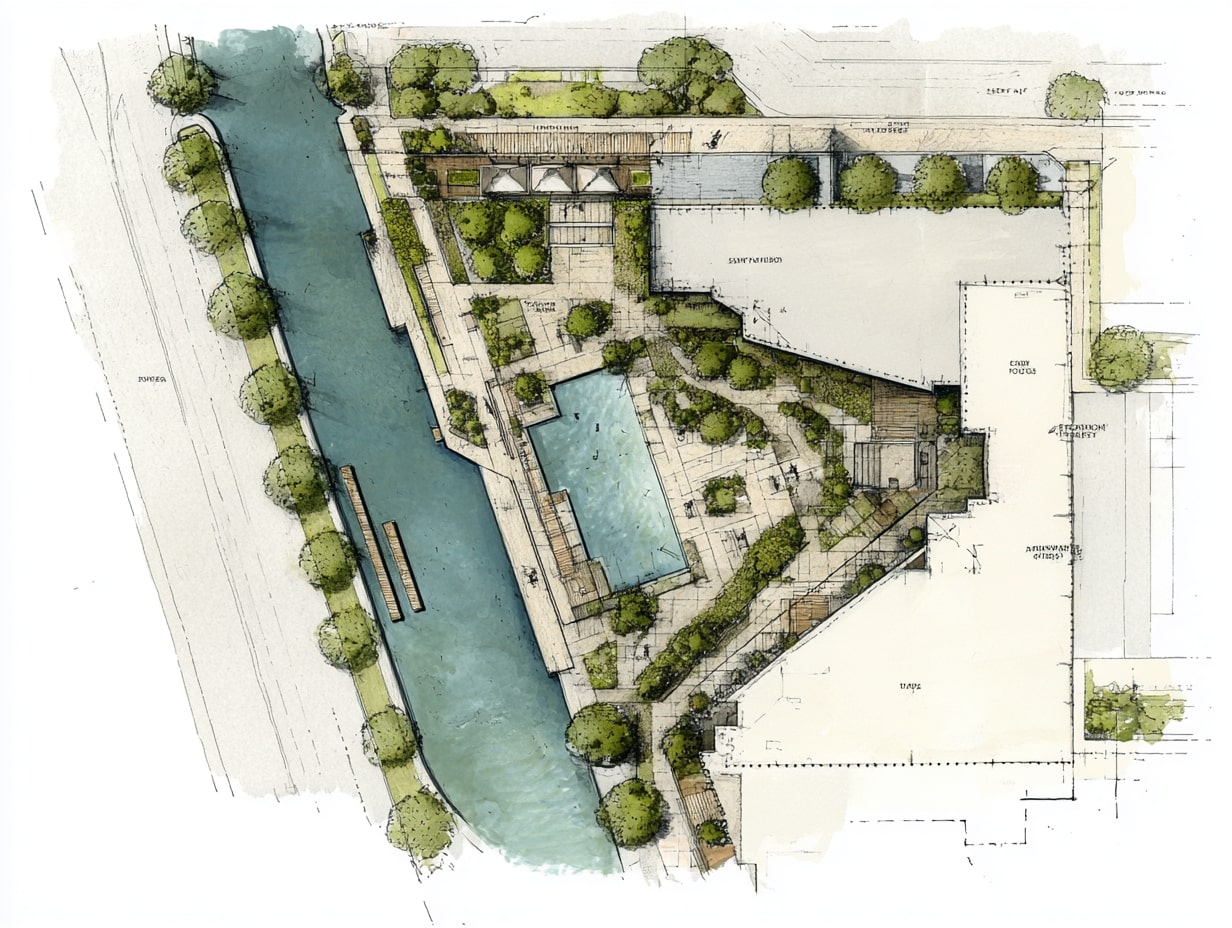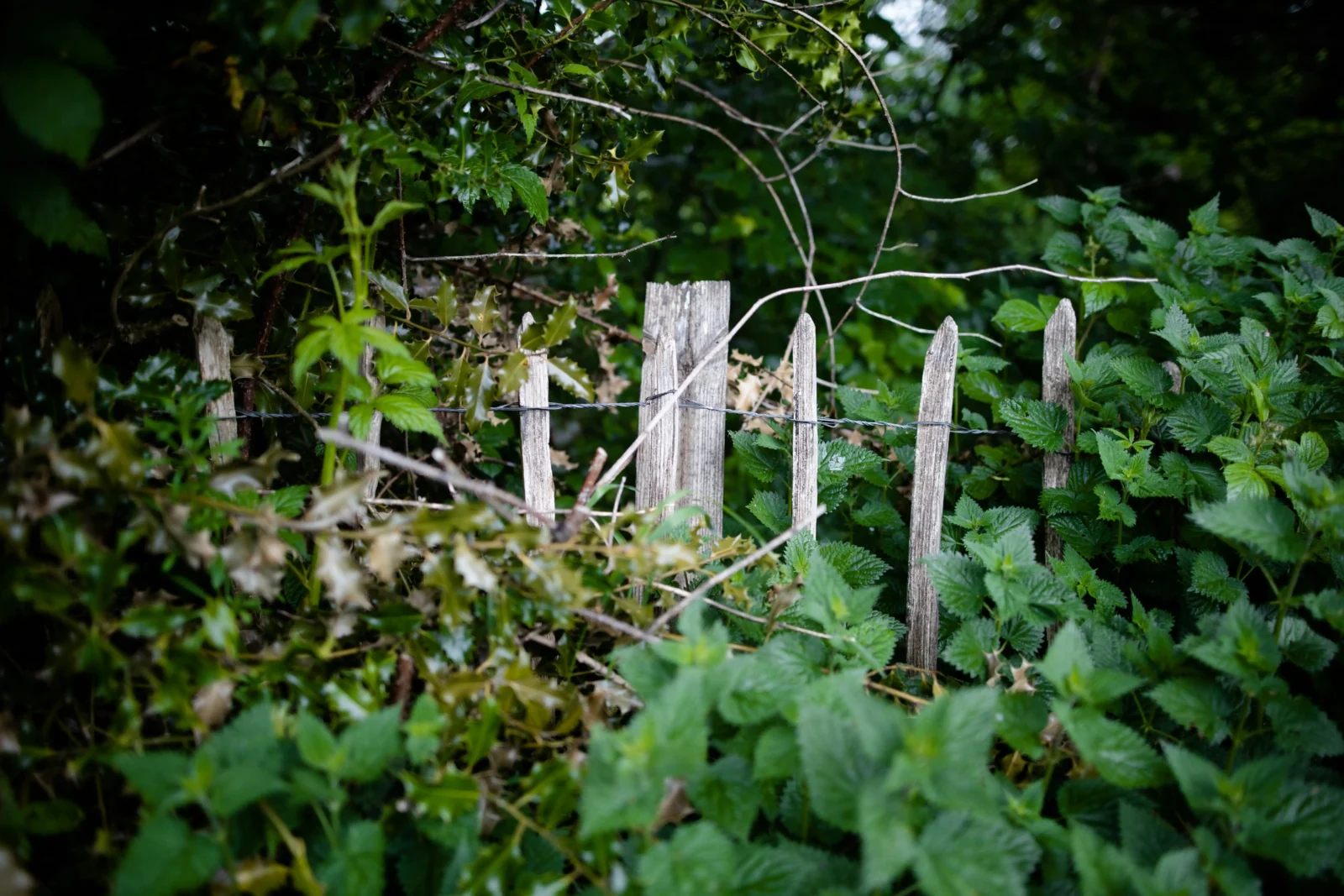- Home
- Articles
- Architectural Portfolio
- Architectral Presentation
- Inspirational Stories
- Architecture News
- Visualization
- BIM Industry
- Facade Design
- Parametric Design
- Career
- Landscape Architecture
- Construction
- Artificial Intelligence
- Sketching
- Design Softwares
- Diagrams
- Writing
- Architectural Tips
- Sustainability
- Courses
- Concept
- Technology
- History & Heritage
- Future of Architecture
- Guides & How-To
- Art & Culture
- Projects
- Interior Design
- Competitions
- Jobs
- Store
- Tools
- More
- Home
- Articles
- Architectural Portfolio
- Architectral Presentation
- Inspirational Stories
- Architecture News
- Visualization
- BIM Industry
- Facade Design
- Parametric Design
- Career
- Landscape Architecture
- Construction
- Artificial Intelligence
- Sketching
- Design Softwares
- Diagrams
- Writing
- Architectural Tips
- Sustainability
- Courses
- Concept
- Technology
- History & Heritage
- Future of Architecture
- Guides & How-To
- Art & Culture
- Projects
- Interior Design
- Competitions
- Jobs
- Store
- Tools
- More
Why Scanning Before Concrete Cores Could Save You Thousands

Drilling concrete cores without proper scanning can cost thousands in damages and create serious safety risks at your construction site. Hidden materials like rebar, post-tension cables, or electrical conduits can cause damage that’s way beyond the reach and influence of the immediate area.
Traditional concrete x-ray methods don’t work well anymore because they take too much time. Ground penetrating radar (GPR) technology gives you the quickest way to spot problems beneath the surface. Radar waves from this technology can spot rebar, conduits, cables, and concrete voids.
A few hours spent on concrete scanning prevents countless hours of frustration and expensive fixes. This piece explains why scanning before concrete coring covers everything in the process and how it can end up saving you thousands in unexpected costs.
Table of Contents
ToggleThe financial risks of skipping a concrete scan
Skipping concrete scans before drilling is a huge financial gamble. What starts as a minor problem can quickly turn into budget-crushing expenses. The numbers paint a grim picture of what’s really at stake.
Unexpected repair costs
Hitting unseen objects while core drilling can cost you dearly. A single utility strike costs around $56,000 on average. This includes immediate repairs, but the real costs run much deeper.
Workers who accidentally hit steel reinforcement bars during concrete coring create structural problems that need extensive fixes. These structural issues don’t just damage one area – they can weaken the entire building, which multiplies repair costs. Your expensive drilling equipment can also break when it hits unexpected obstacles, adding even more costs.
Hitting conduits leads to a chain of problems:
- Power outages that need emergency electrical repairs
- Water or gas pipe damage that causes flooding or dangerous leaks
- Damaged data infrastructure in commercial buildings
The data shows that scanning before coring and cutting can lower unexpected repair costs by up to 80%.
If you’re not sure where to start, a quick search for GPR concrete scanning can connect you with professionals who help you avoid costly hits to hidden utilities, project delays, and unnecessary repairs.
Project delays and rescheduling
A utility strike typically stops work for 8-12 weeks. This adds up to about 1,927,450 lost project hours each year across the construction industry.
These delays cost more than just idle equipment and labor. Contractors face penalties for missing deadlines, pay more for extended equipment rentals, and deal with extra paperwork. Hidden costs from utility strikes across the U.S. add up to more than $40 billion yearly.

Legal and insurance implications
The financial pain goes beyond repair costs when legal issues come into play. Damaging city or county utility lines brings monetary penalties and possible criminal charges based on how bad the damage is. Contractors might also face lawsuits from others affected by utility outages.
Insurance gets tricky, especially for concrete sawing and drilling contractors who work in dangerous areas. Insurance companies often reject claims for undocumented or non-compliant drilling, leaving contractors to pay everything themselves.
The math becomes simple: spending money on concrete scanning before core drilling costs much less than fixing problems later. One mistake can turn your profitable project into a financial nightmare.
How scanning before concrete cores works
Construction professionals now have a clear view of what’s under concrete surfaces thanks to recent advances in scanning technology. These non-destructive testing methods keep workers safe and protect existing infrastructure throughout your project.
Overview of the scanning process
Ground Penetrating Radar (GPR) has taken over from traditional X-ray methods as the go-to scanning technology for concrete cores. A technician starts by looking at structural drawings and surface layouts. The GPR device moves across the concrete surface either by hand or robot.
The technology works by sending electromagnetic waves into concrete structures. When these waves hit embedded objects, they bounce back and create signals that the equipment picks up and analyzes. This helps find:
- Rebar and structural steel
- Post-tension cables
- Electrical conduits and live wires
- Plumbing and utility lines
- Voids and air pockets
Technicians capture data right away and create detailed images of everything beneath the surface. They then mark safe spots for drilling directly on the concrete with chalk or markers.
Role of trained technicians
Concrete scanning needs more than just good equipment – it needs skilled professionals who know how to read scan data correctly. Using GPR systems without proper training can lead to dangerous mistakes.
Concrete’s makeup, moisture levels, and reinforcement patterns can affect signal behavior. Skilled technicians know how to adjust scanning devices, handle irregularities, and tell the difference between important features and background noise. Their knowledge takes away any guesswork and spots embedded hazards accurately.
Documentation comes in the form of onsite reports that detail the work done and what was found. This creates accountability and helps maintain quality standards across projects.
Time and cost of scanning vs. not scanning
GPR scans happen quickly, and data shows up instantly on connected devices. The time needed changes based on the area size, what clients want, and the type of reinforcement that’s there.
The cost of scanning is small compared to what could go wrong. A typical utility strike costs around $56,000. Fixing damaged concrete structures can cost more than $10,000, not counting project delays.
Smart builders include scanning in their pre-construction plans. This saves money by cutting down on repairs and change orders. Projects stay on track and both equipment and workers stay safe from avoidable accidents.
What lies beneath: materials commonly found in concrete
Concrete structures contain a hidden network of vital components that create major hazards if someone hits them during core drilling. Scanning before extracting concrete cores is vital because you need to know what lies beneath the surface.
Post-tension cables and their danger
Post-tension cables are high-strength steel wires embedded in concrete slabs that support structural loads once stressed. These cables allow builders to use thinner slabs with fewer support beams and longer spans. The collateral damage can be catastrophic if someone damages them during concrete coring. Each tendon generates between 24,000 to 33,000 pounds of pressure. This creates enough force to cause severe injury or death if cut. A cut cable not only poses immediate safety risks but also puts the building’s entire structural integrity at risk.
Rebar and structural integrity
Steel reinforcement bars are the foundations of concrete structures and provide significant tensile strength that concrete lacks naturally. Damaging rebar during core cutting removes the structure’s most functional element. This creates immediate structural weaknesses and can lead to concrete cracking and eventual failure. Core cutting through rebar weakens the structural element. Repairs become expensive and often need additional steel binding or microconcrete packing.
Electrical and plumbing lines
Buildings have conduits, pipes, and junction boxes embedded in concrete to carry essential services. Building codes state these components should not take up more than 4% of a column’s cross-section. In spite of that, hitting these elements creates immediate dangers—from electrical shocks to flooding. Damaging pipes that carry liquid, gas, or vapor becomes especially dangerous when you have explosive or harmful substances inside them.
Voids and air pockets
Concrete voids are gaps or air bubbles that form during pouring and create structural vulnerabilities. These stay invisible until someone finds them during coring. The concrete can’t properly support weight once a void forms beneath the surface. These weakened areas might collapse under pressure and cause catastrophic structural failure. Professional scanning identifies these hidden problems before they become dangerous during concrete coring operations.
When and where scanning is most critical
“Because you’re using a concrete scanner, you’ll be able to move on to the next steps with confidence that your crew is safe, as well as the public. That way, you’re able to move through the construction process faster and more efficiently.” — JP Hogan, Concrete scanning and coring specialist
Core drilling doesn’t carry the same risk level across all construction projects. Some building types and project scenarios just need scanning – it’s not just a best practice, it’s a must.
Commercial vs. residential projects
Commercial construction projects have much more embedded systems in concrete than homes do. Residential projects usually have simple rebar patterns and a few utility lines. But commercial structures contain complex networks of post-tension cables, electrical conduits, telecommunications infrastructure, and specialized HVAC systems. The stakes are higher in commercial settings. A single hit to an embedded object could affect the entire building’s operations, not just one unit.
Residential scanning mainly looks for simple utilities and structural elements. Commercial scanning must find multiple layers of infrastructure added throughout a building’s life. This makes scanning absolutely essential before any core drilling in commercial buildings.
High-rise buildings and parking structures
High-rise buildings come with unique challenges that make concrete scanning vital. These buildings rely heavily on well-positioned reinforcement systems that must stay intact. The structures use post-tension cables under very high tension. Cutting these cables without proper de-stressing equipment can destroy large parts of the structure.
Parking structures are the most critical places to scan. These buildings use many post-tension cable systems. An accidental cut can release enough force to destroy large concrete sections and might even cause structural collapse. On top of that, parking garages take a lot of wear and tear. They need frequent repairs, which means scanning must happen often throughout their life.
Renovation and retrofitting jobs
Renovation projects with existing concrete structures have the highest core drilling risks. New construction has plans to follow, but older buildings often lack proper documentation of what’s underneath. Teams often find surprise utilities, abandoned conduits, and changed structural reinforcements that accumulated over decades.
A building’s age ties directly to how important scanning becomes. Buildings built before modern codes might hide unexpected elements or non-standard construction methods. Modernizing jobs often need concrete structure checks for gaps or wear before repairs start. This makes scanning a key part of planning, not just a safety step.
Conclusion
Concrete scanning is an essential process that protects construction projects from costly and risky mistakes. Skipping it can cost $56,000 utility strikes, 8–12 week setbacks, and serious legal or safety consequences.
Ground Penetrating Radar has streamlined the process by providing fast, accurate, non-destructive findings. Trained professionals interpret scan information to locate rebar, post-tension cables, and conduits before drilling. High-risk locations like business buildings, skyscrapers, and construction remodels especially need thorough analysis due to complex or unmapped layouts.
What seems simple at first can quickly turn into a costly and dangerous mistake. Taking just an hour or two to scan can save time, money, and lives. It is not just a smart move but an essential step for any serious construction project. Taking the time to scan is a small investment that pays off in safety, efficiency, and peace of mind.
Trained as an architect and seasoned in the editorial trenches, I turn raw design concepts into compelling narratives that resonate beyond studio walls. My work spans in-depth project spotlights, interviews with visionary designers, and analysis pieces that distill complex technical data into accessible insights. Whether polishing copy for publication or generating original features, I draw on years of practice to ensure every sentence captures architecture’s rigor, poetry, and cultural impact—inviting professionals and enthusiasts alike to see the built environment through a sharper, more inspired lens.
Submit your architectural projects
Follow these steps for submission your project. Submission FormLatest Posts
Understanding Site Safety Footwear in Architectural Practice
Architecture is often discussed through drawings, models, and finished buildings, yet a...
General Arrangement Drawings in Architecture: The Backbone of Clear Design Communication
General Arrangement Drawings explained: what they are, when to use them, how...
The Ultimate Guide to Fencing in North Dakota: Choosing the Best Fence for Your Property
Watching a chain link fence twist in 70 mph winds near Minot...
Gaudí: Where Architecture Meets Science
Gaudí: Where Architecture Meets Science shows catenary arches, ruled surfaces, and biomimicry...












Leave a comment